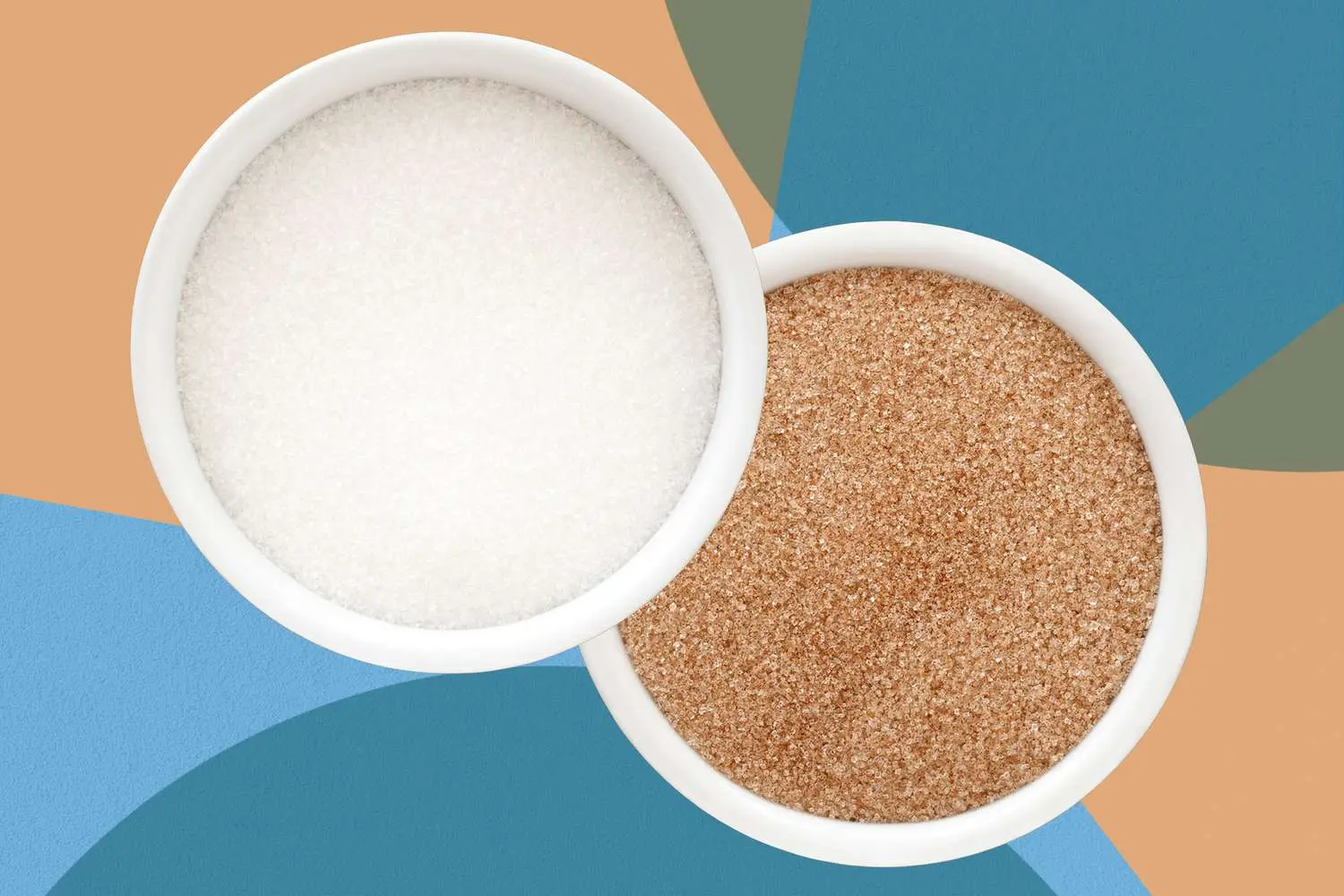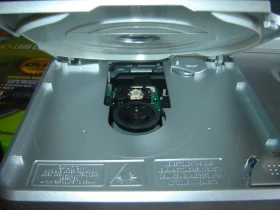Welcome to another delectable blog post! Today, we are diving into the sweet world of caramel. Caramel, with its rich and buttery flavor, is a beloved treat enjoyed in various forms across the globe.
No matter how you prefer your caramel—drizzled over ice cream, sandwiched between layers of cake, or simply spooned straight from the jar—it’s hard to resist its irresistible charm.
But have you ever wondered about the key ingredient that gives caramel its distinct flavor and color? Yes, you guessed it right! It’s sugar.
While sugar is the star of the show in caramel, there are different types to choose from, namely brown sugar and white sugar.
We will explore the differences between brown sugar and white sugar caramel, and perhaps help you decide which one suits your taste buds best. So, let’s dive right in!
The Sweet Distinction
Brown Sugar Caramel
Our first contender is brown sugar caramel. As its name suggests, this type of caramel is made using brown sugar. Brown sugar is essentially white sugar combined with molasses, which gives it a distinctive caramel-like flavor and dark brown hue.
The molasses in brown sugar contains minerals such as calcium, potassium, and iron, which lend a unique depth to the flavor profile of brown sugar caramel.
Brown sugar caramel is known for its rich, robust flavor with hints of toffee and molasses. The color of the caramel is a warm, golden brown, which can vary depending on the darkness of the brown sugar used.
When you drizzle brown sugar caramel over your favorite dessert, it adds a delightful complexity that lingers on your palate.
White Sugar Caramel
On the other side, we have white sugar caramel. White sugar is the most common type of sugar used in everyday cooking and baking.
It is a highly refined form of sugar, stripped of its natural molasses content. As a result, white sugar caramel has a lighter color and a milder taste compared to its brown sugar counterpart.
White sugar caramel offers a more delicate and subdued flavor profile. It possesses a lighter sweetness, which some may prefer for certain desserts where a strong caramel flavor might overpower other ingredients.
The color of white sugar caramel is a pale yellow or amber, offering a visually appealing touch to your culinary creations.
Cooking with Brown Sugar Vs. White Sugar Caramel
When it comes to cooking with brown sugar and white sugar caramel, both bring their unique characteristics to the table. Let’s explore how each type of caramel can elevate your dishes and satisfy your sweet tooth.
Baking with Brown Sugar Caramel
Brown sugar caramel is a fantastic addition to baked goods, bringing a deep, caramelized goodness to your creations. The molasses in brown sugar adds moisture and imparts a hint of natural sweetness, making your cookies, brownies, and cakes irresistibly moist and flavorful.
Imagine sinking your teeth into a warm brown sugar caramel chocolate chip cookie. The caramel notes from the brown sugar meld with the gooey chocolate chips, creating a heavenly combination of flavors.
Brown sugar caramel also lends itself well to spice-centric desserts, such as gingerbread or pumpkin pie, by adding warmth and complexity to the overall taste.
White Sugar Caramel for Pastry Perfection
When it comes to delicate pastries and confections, white sugar caramel shines like a culinary star. Its lighter flavor profile allows the nuances of other ingredients to take center stage while still providing that delightful caramel touch.
White sugar caramel is particularly pleasant in cream-based desserts, like crème brûlée, where its sweet simplicity complements the velvety custard to perfection.
Picture a crème brûlée with a crisp, caramelized sugar topping, hiding a creamy vanilla-infused custard beneath. The contrast between the creamy and caramelized layers is an absolute delight for the senses.
With white sugar caramel, you can achieve that elegant, refined touch that will leave your guests impressed at your pastry prowess.
Caramelizing Techniques and Tips
Now that we know the differences between brown sugar and white sugar caramel let’s talk about the art of caramelization. Caramelization is the process of heating sugar until it melts and turns into caramel—a key step in making caramel-based desserts.
Regardless of whether you choose brown sugar or white sugar, here are some helpful tips to ensure your caramelization endeavor is a success:
Choose the Right Pan:
To achieve the perfect caramelization, it’s crucial to use a heavy-bottomed saucepan, preferably one made of stainless steel or copper. These materials distribute heat evenly, reducing the chances of your caramel burning or forming hot spots.
Low and Slow Wins the Race:
Caramelization is a patient process that requires low heat. Start by melting the sugar on low heat, stirring continuously until it dissolves completely. Then, increase the heat slightly to bring the mixture to a simmer. Keeping your heat low and steady reduces the risk of scorching your caramel.
Resist the Urge to Stir:
As tempting as it may be, avoid stirring once the sugar has dissolved. Instead, gently swirl the pan occasionally to ensure the sugar cooks evenly. Stirring can cause crystallization, resulting in a grainy texture rather than the smooth, silky consistency you desire.
Keep an Eagle Eye:
Caramelization can happen quickly, so it’s important to keep a close eye on the process. The color can change rapidly from a pale golden hue to a deep amber. Be cautious not to let it darken too much, as burnt caramel can taste bitter and charred.
Choosing the Right Sugar for Your Sweet Tooth
Now comes the exciting part—choosing the right sugar for your personal preferences and culinary adventures. Whether you opt for brown sugar caramel with its robust flavor or white sugar caramel with its delicate appeal, both options guarantee a delectable experience. Here are a few questions to help you decide:
- Do you enjoy a bold, complex caramel flavor? If so, brown sugar caramel might be your perfect match. It brings an intense toffee-like taste to your desserts, making an unforgettable impression on your taste buds.
- Are you looking for a lighter, more subtle caramel touch? White sugar caramel is your go-to choice. Its milder flavor allows other ingredients to shine, while still providing the delightful caramel notes you desire.
- Are you making a specific dessert that calls for a particular style of caramel? Some recipes may specify either brown sugar or white sugar caramel based on the desired flavor profile. Consider the recipe and the overall taste you hope to achieve when making your decision.
Remember, ultimately, the choice between brown sugar and white sugar caramel comes down to personal preference. Fortunately, experimenting with both options can be a delightful journey in the kitchen, leading to an endless array of sensational desserts.
The Joy of Homemade Caramel
Store-bought caramel sauces may suffice in a pinch, but the taste and satisfaction of homemade caramel are unbeatable. By making your own caramel, you have control over the flavors and can customize it to suit your desires. So, why not embark on an exciting caramel-making adventure right in your own kitchen?
To get you started, here’s a simple recipe for homemade caramel sauce that you can adapt to either brown sugar or white sugar caramel:
Homemade Caramel Sauce
Ingredients:
- 1 cup sugar (either brown or white)
- 1/4 cup water
- 1/2 cup heavy cream
- 2 tablespoons unsalted butter
- 1 teaspoon vanilla extract (optional)
Instructions:
- In a heavy-bottomed saucepan, combine the sugar and water over low heat, stirring until the sugar dissolves completely.
- Increase the heat slightly to bring the mixture to a simmer. Continue cooking, without stirring, until the mixture turns a deep amber color. Keep a close eye on it to prevent burning.
- Once the caramel reaches your desired color, remove it from heat and carefully pour in the heavy cream. The mixture will bubble vigorously, so exercise caution.
- Stir the caramel until the cream is fully incorporated. Add in the butter and vanilla extract, if desired, and continue stirring until the mixture is smooth and silky.
- Let the caramel sauce cool before transferring it to a jar or airtight container. It can be stored in the refrigerator for up to two weeks. Warm the sauce slightly before using it for your favorite desserts.
Remember, practice makes perfect when it comes to caramel-making. Don’t be discouraged if your first attempts aren’t flawless. With time and a little bit of caramel love, you’ll become a caramel connoisseur in no time!
Conclusion
The battle between brown sugar and white sugar caramel is not about one being better than the other; it’s about finding the right fit for your taste buds and the specific dessert you’re creating.
Whether you crave the robust flavors of brown sugar caramel or the delicate touch of white sugar caramel, there’s no wrong choice when it comes to satisfying your caramel cravings.
So, the next time you’re whisking up a caramel-laden dessert or simply dreaming of a sweet, indulgent treat, consider the type of sugar you use to create that perfect caramel.
And don’t forget to unleash your creativity by experimenting with different variations, flavors, and combinations. After all, caramel is a blank canvas waiting for your unique touch.
Now, armed with the knowledge of brown sugar and white sugar caramel, go forth and explore the tantalizing world of sweet caramel creations. Your taste buds are in for a treat, and your desserts will thank you for the caramel magic you bring to the table!










Hello!! My name is Annabella
I love to eat, travel, and eat some more! I am married to the man of my dreams and have a beautiful little girl whose smiles can brighten anyone’s day!